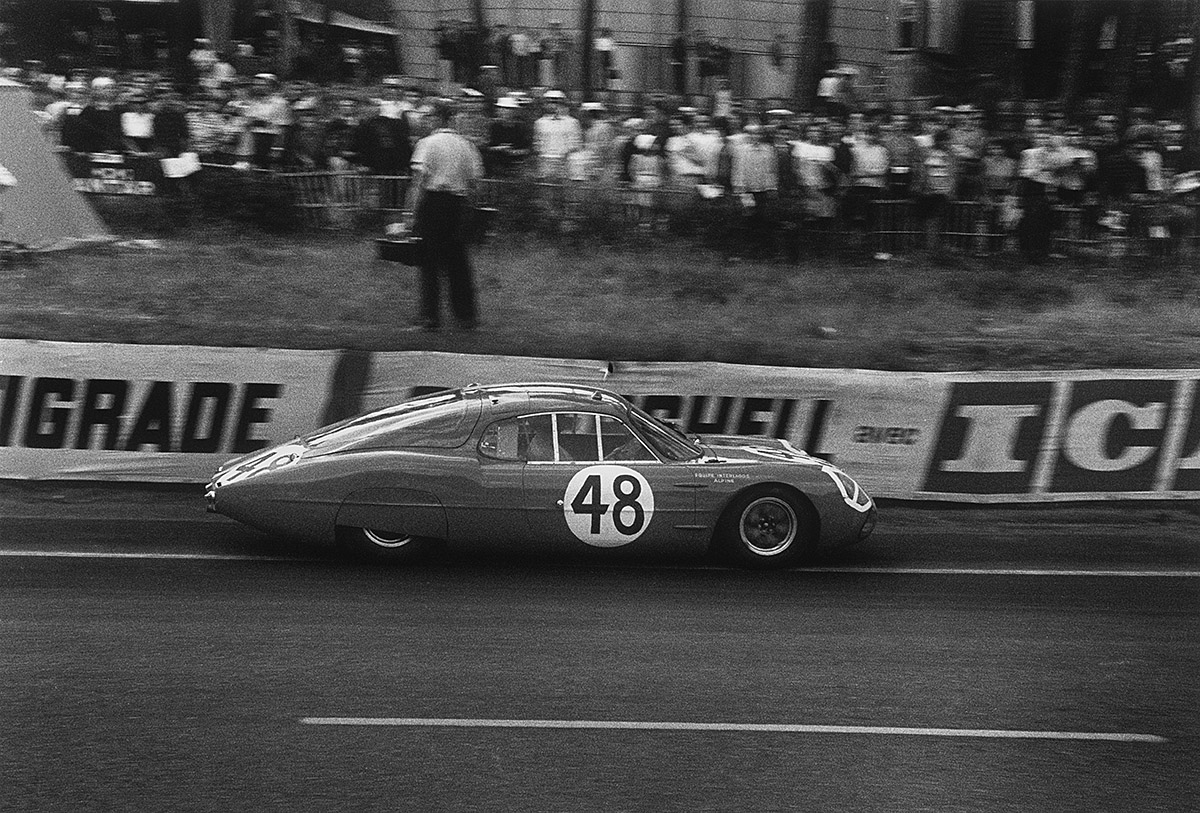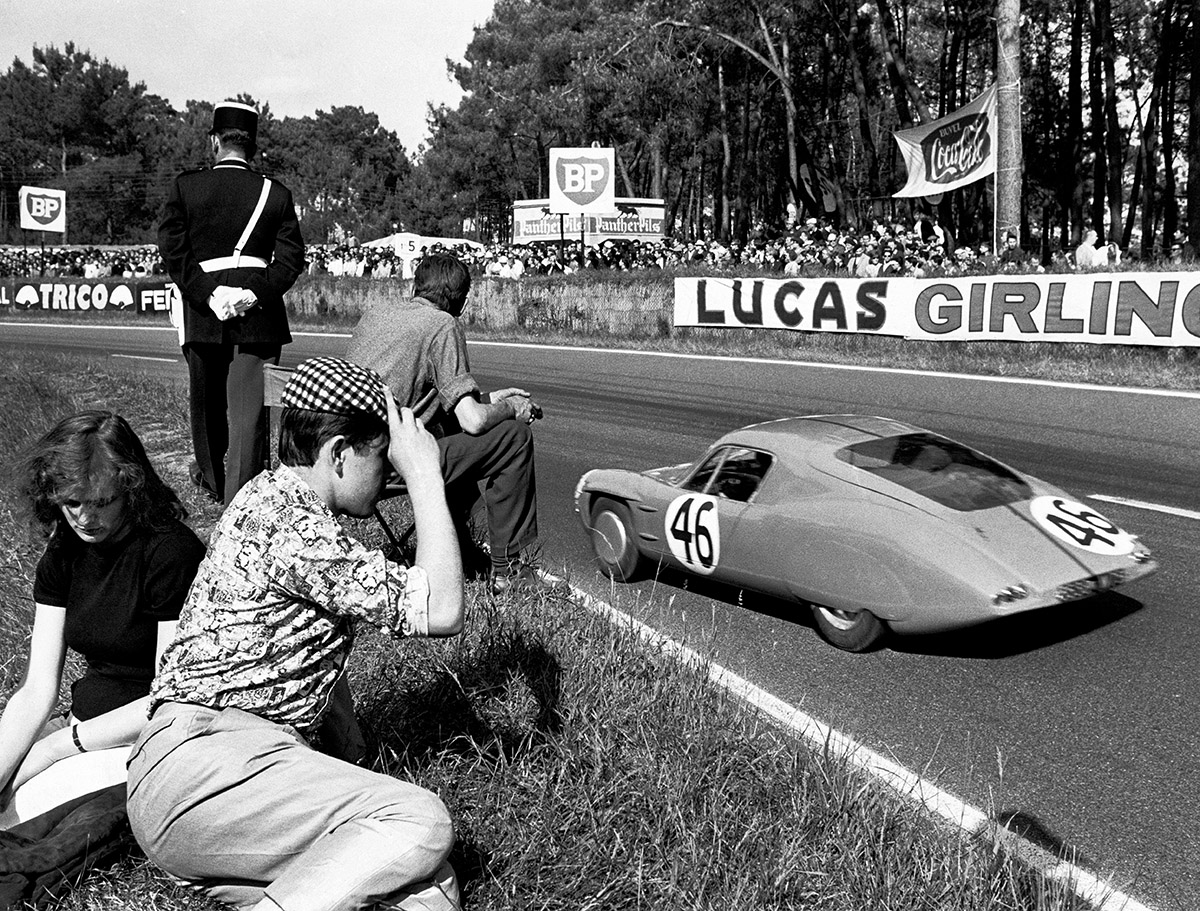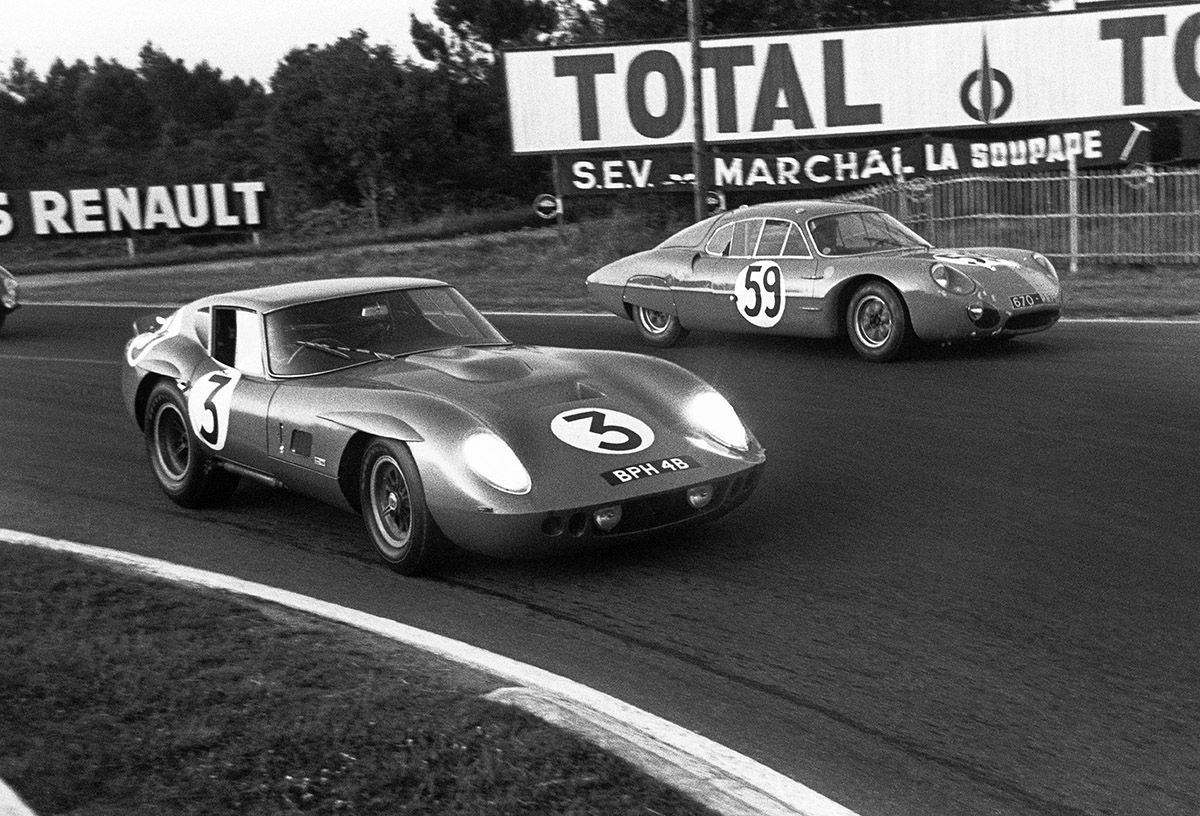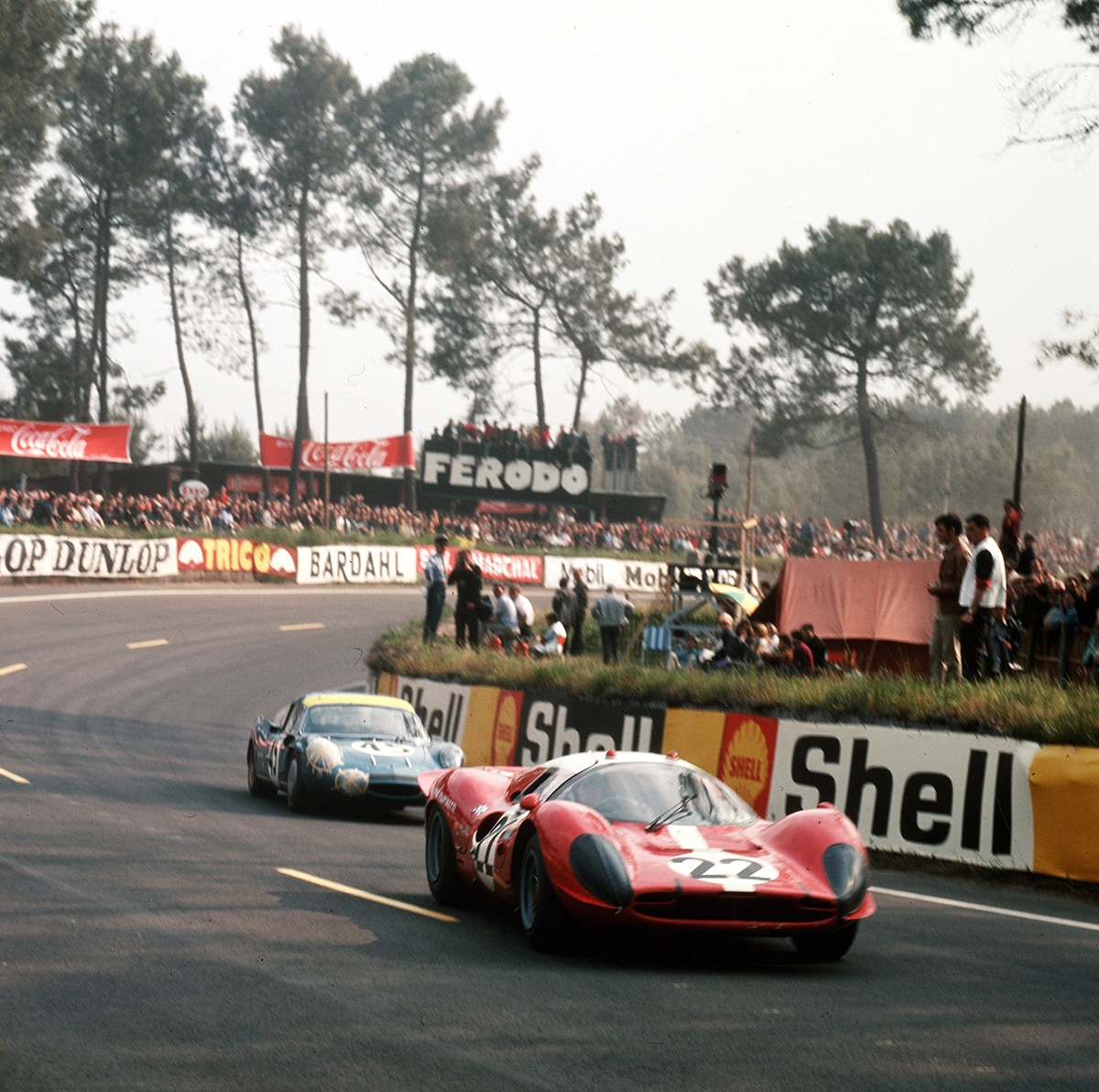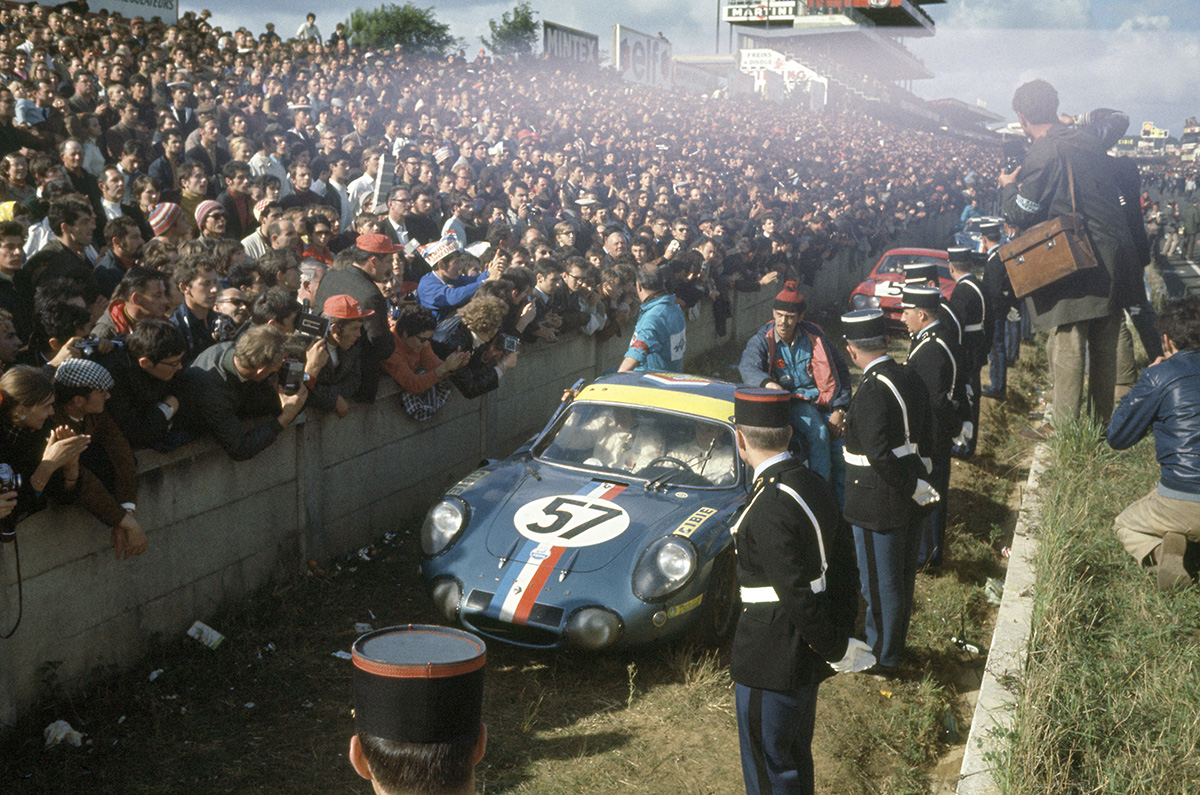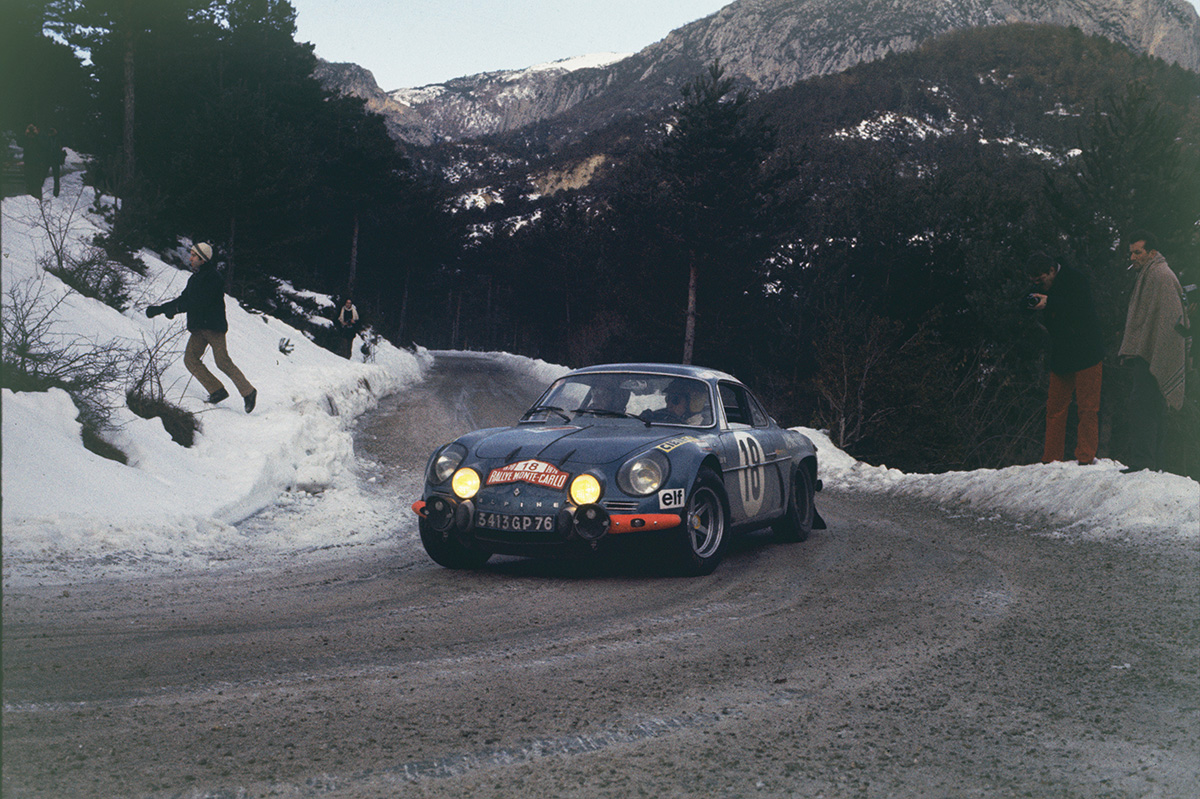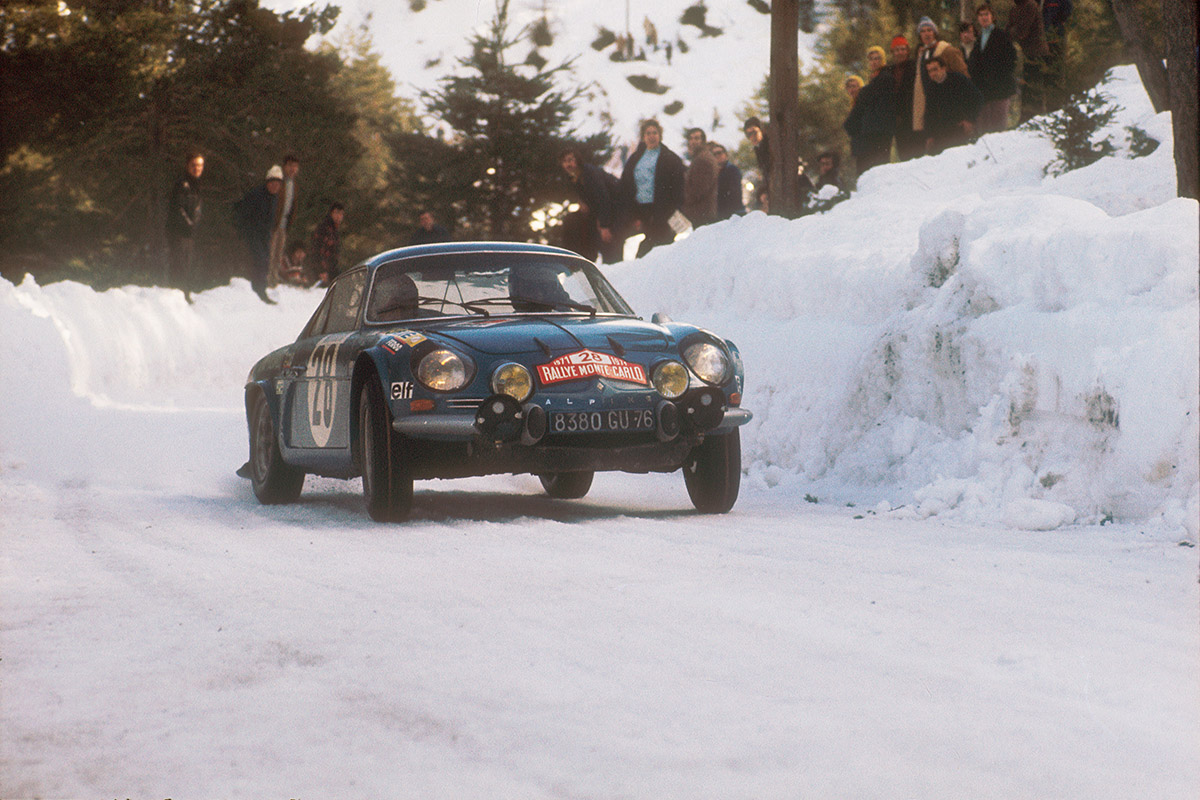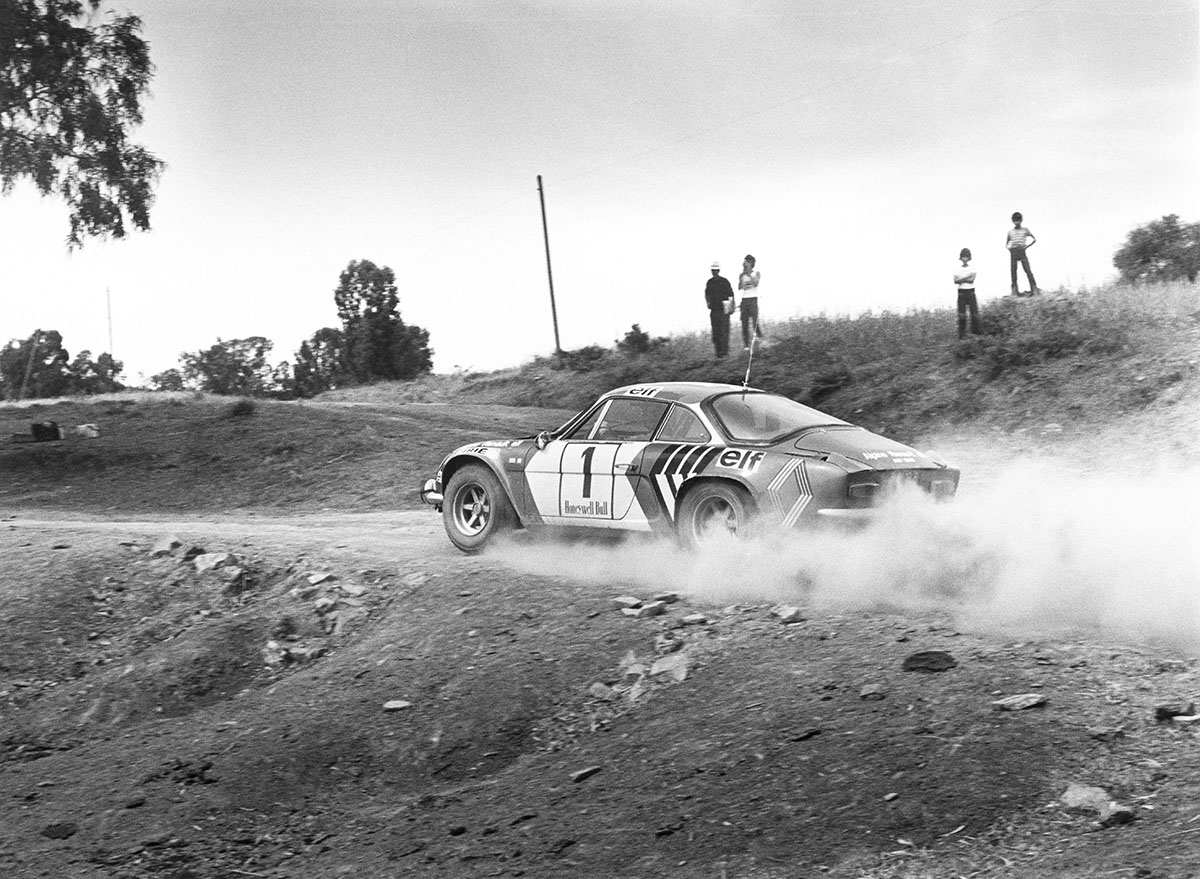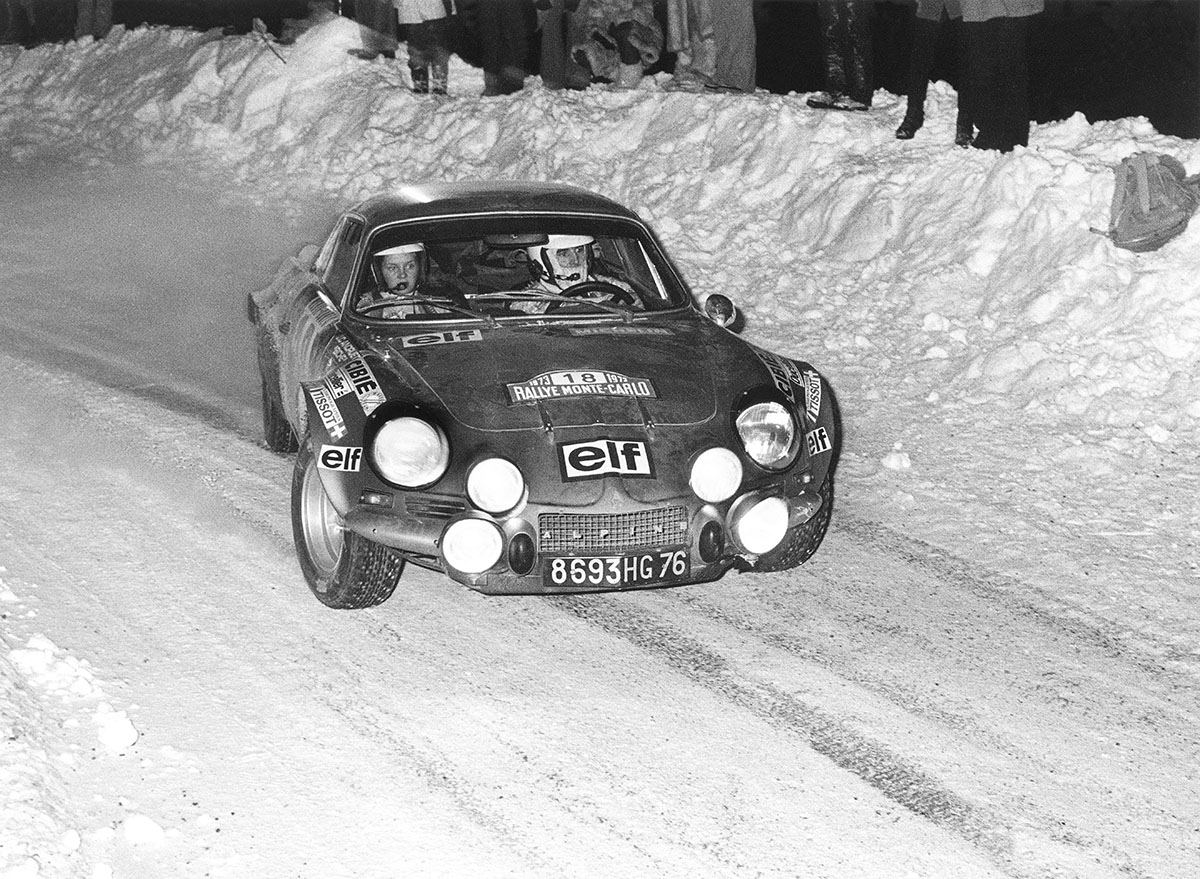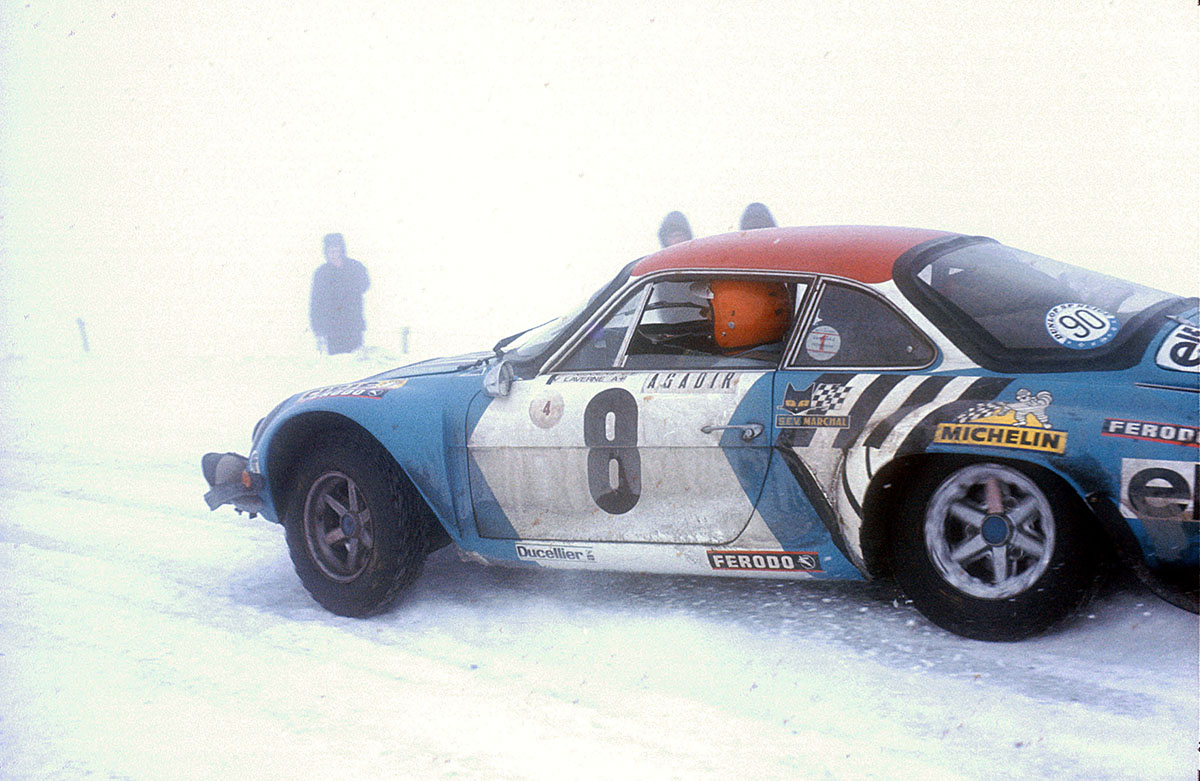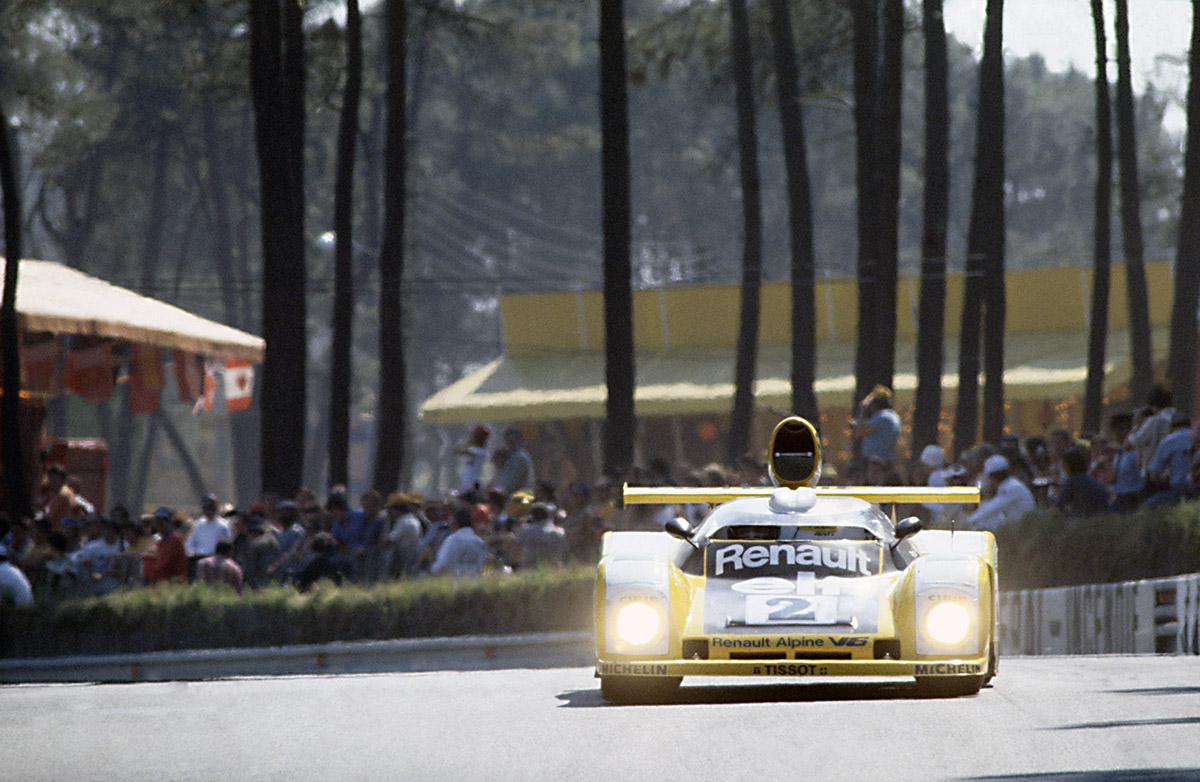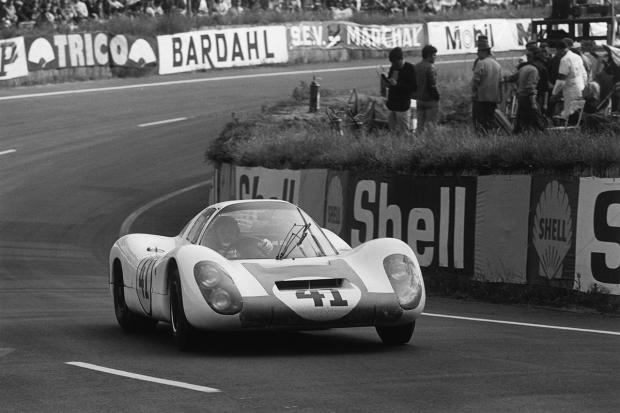
The motoring world has been buzzing over the past few weeks with excitement at the most recent Alpine model – the first in over 20 years – which was unveiled in its latest guise in Monaco, to much fanfare. The modern iteration, though sharing some styling cues with the firm’s most famous son, the A110, is undeniably modern. However, its creators at Renault have their sights set firmly on the history books.
Alpine was the brainchild of young Renault dealer Jean Rédélé, who began modifying and racing 4CVs in the post-war years. His ever more outlandish racers brought him much competition success, coming within a whisker of winning the 1950 and 1951 Rallye Monte-Carlo, and picking up his first of three class wins at the Mille Miglia the following year.
By the early 1950s demand for his lightweight aluminium-bodied creations had reached commercial viability, and by 1955 his first Alpine-badged creation, the intriguing Michelotti-penned A106 had been built. The more svelte Dauphine-based A108 followed, and its success led to the Gordini-powered A110. Underpinned by the latest R8 running gear, the lightweight Berlinette became a sideways star of rallies the world over.
And Alpine’s success didn’t stop there…

